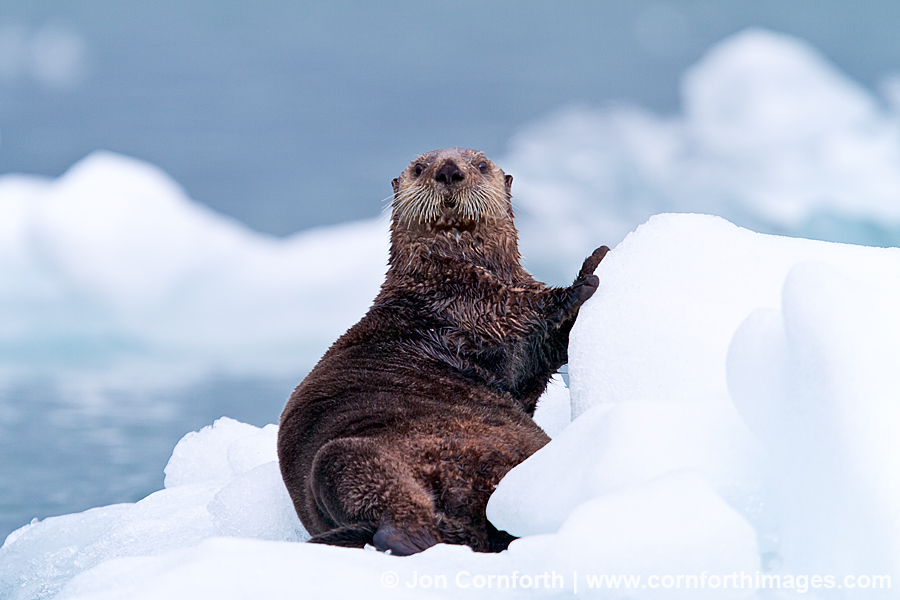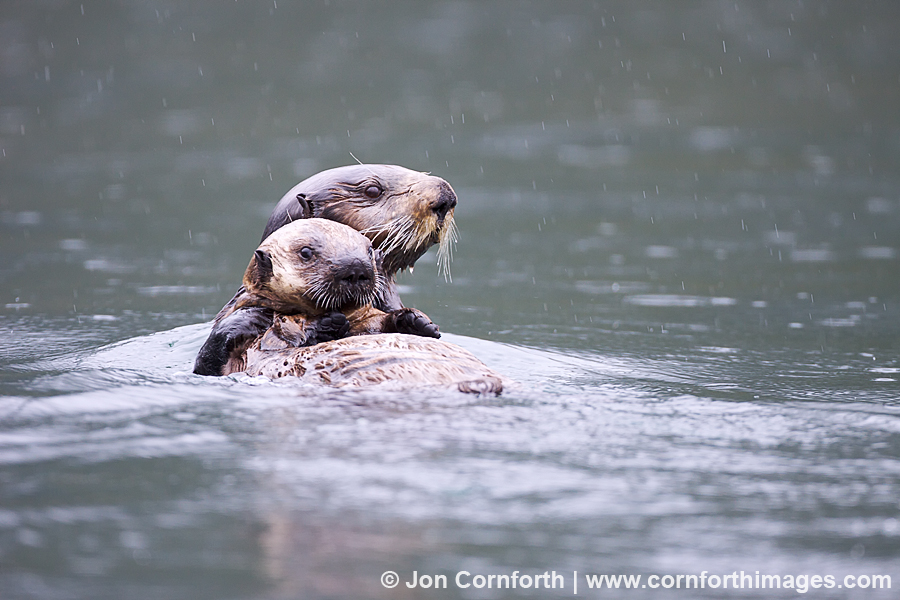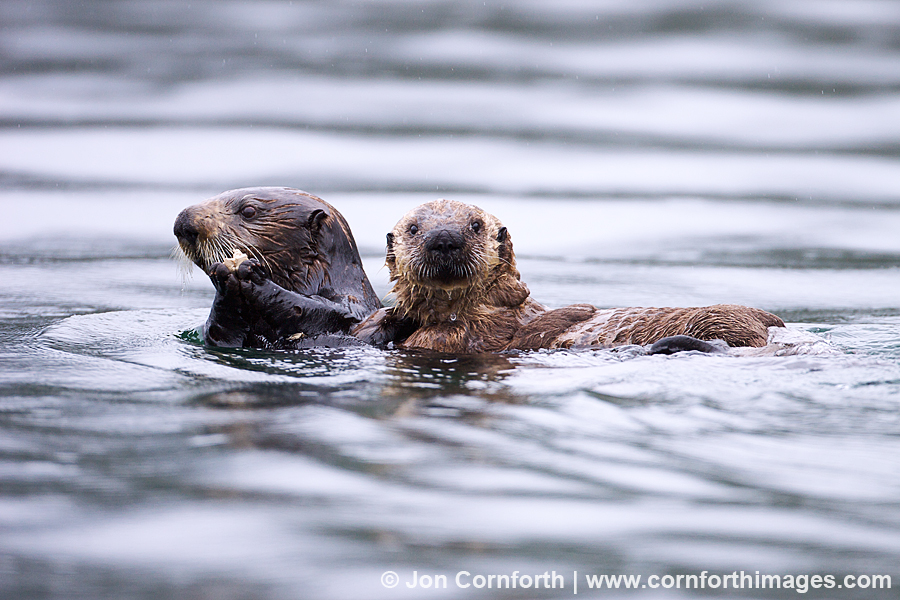
Sooke Sea Otter 1
Posted onDuring my recent week in the San Juan Islands, I came across this adorable sea otter. Doug Perrine and I spent an entire day cruising all over the Straits of Juan de Fuca trying to locate wildlife. In the process, we underestimated how much fuel we needed to motor all the way from Friday Harbor to way beyond Victoria. Fortunately, the weather was amazing and the seas dead calm. By the time we refueled and got back on the tail (pun fully intended) of the transient orcas, it was getting to be late afternoon. We eventually located a small pod near Race Rocks, but they were very inconsiderate by not only doing nothing photographable, but they also kept swimming further away from where we started. Being photographers in pursuit of wildlife in epic light, we of course stayed with these whales even though that meant that we were going to have to motor a long way back to San Juan Island in the dark. After several frustrating hours and just as the light was starting to get good, they lead us around a corner and right to this otter resting on her back. I had never seen an otter this close to Seattle, and was immediately more motivated to photograph her than the orcas. From my experience with otters in Alaska and California, I knew that it is hard to photograph them with puffy, dry faces like this. She also was not fazed at all while we scrambled for our longer lenses while trying to maintain our boat’s position in the current. We were quite frantic trying to get this shot as the light dipped towards the horizon, but we worked together with this cooperative subject and came away with some very nice images. I am especially pleased with this cute yawn as she brought both of her paws up to scratch her face.









